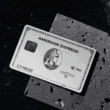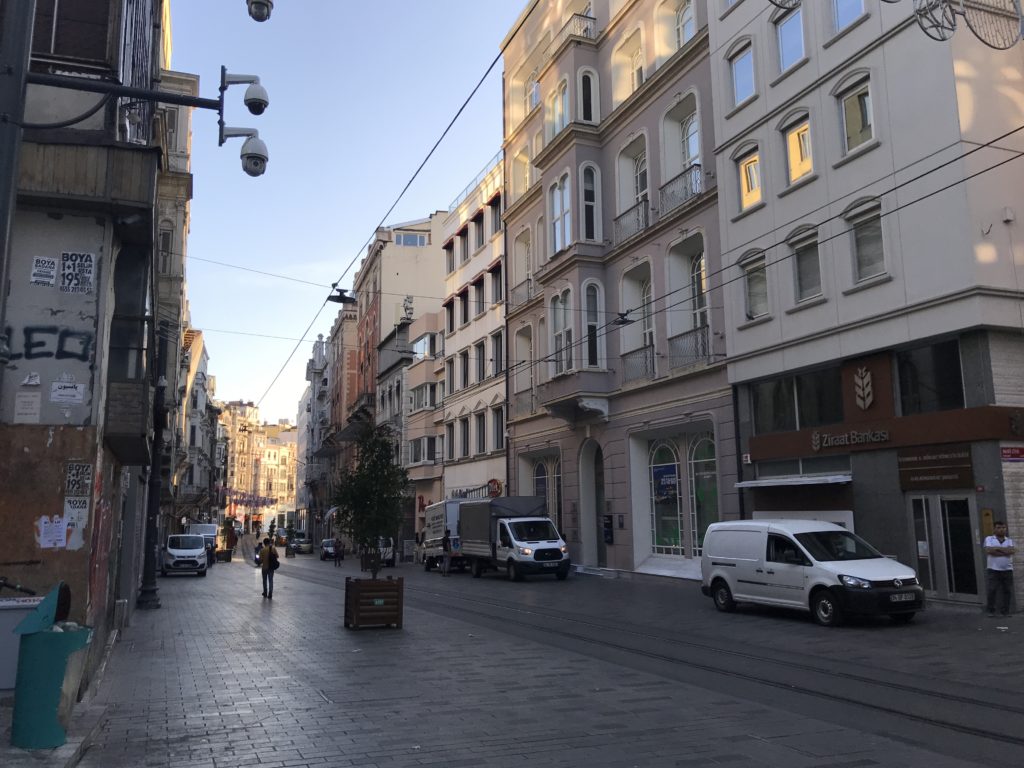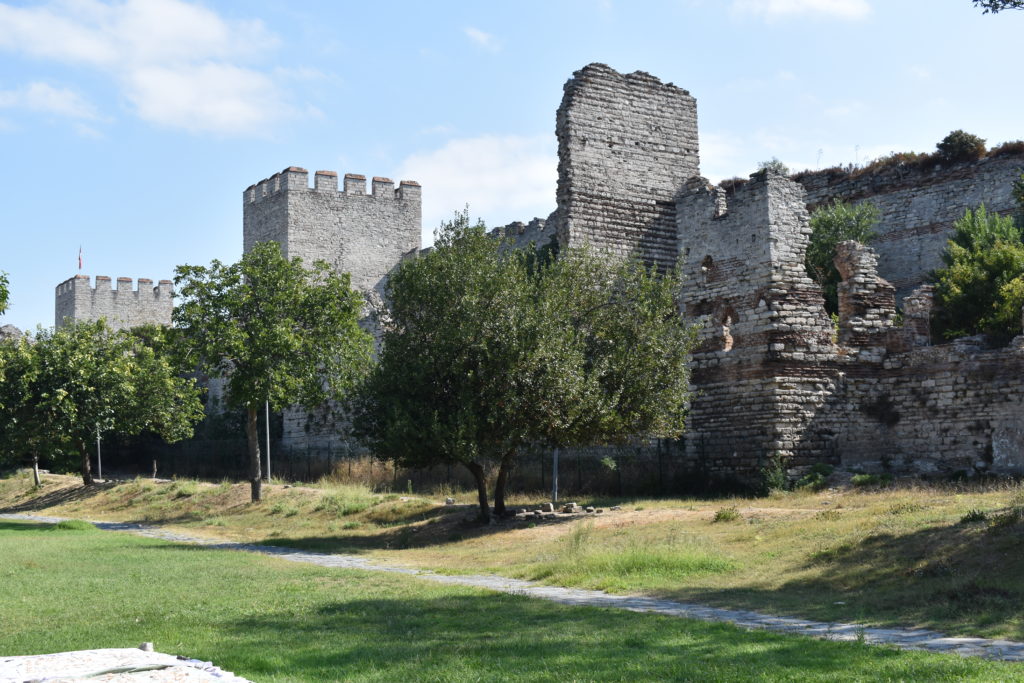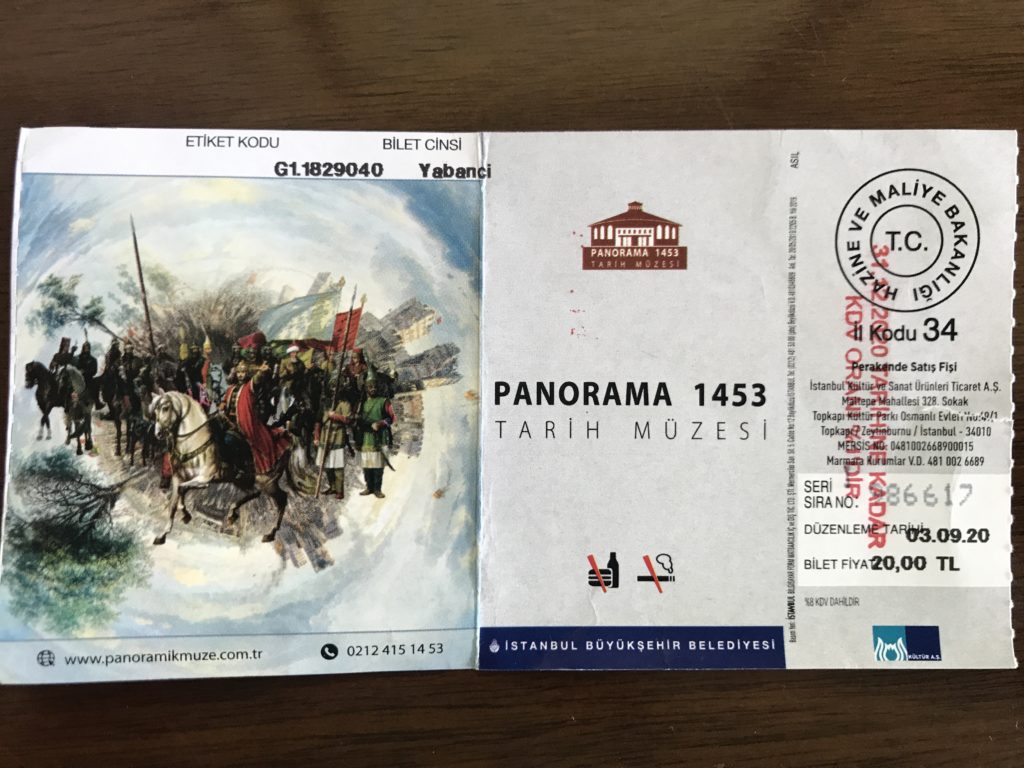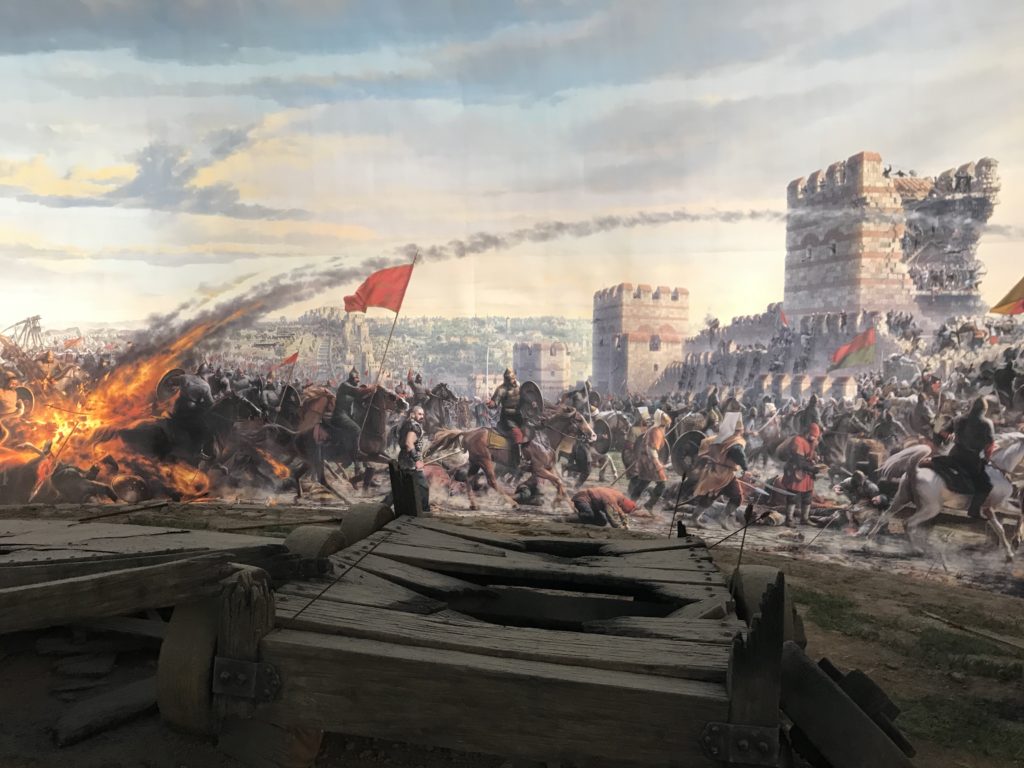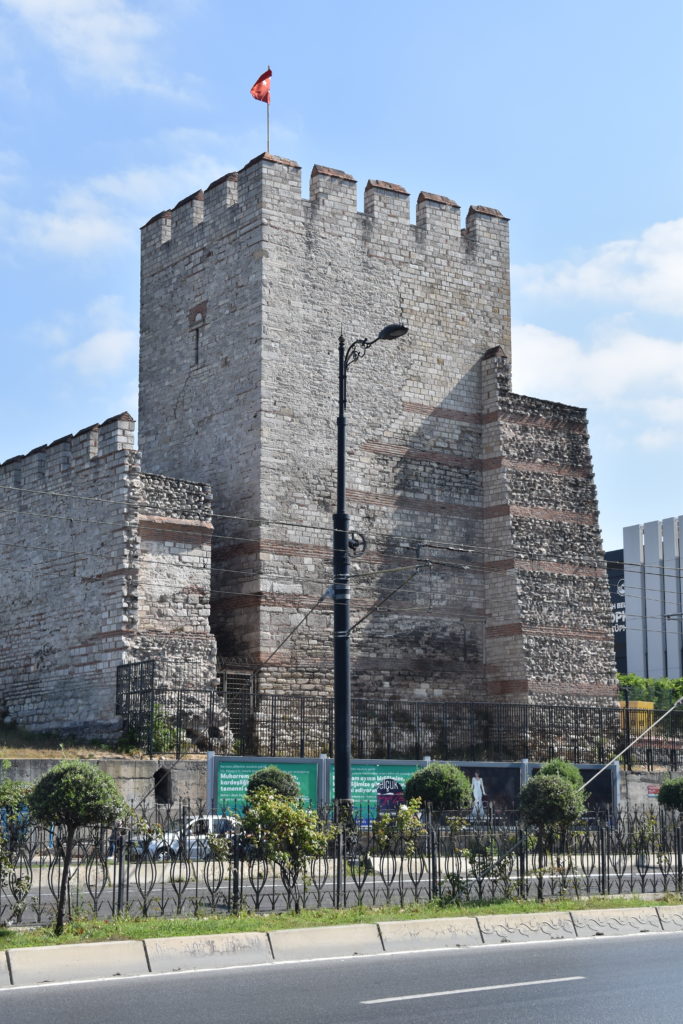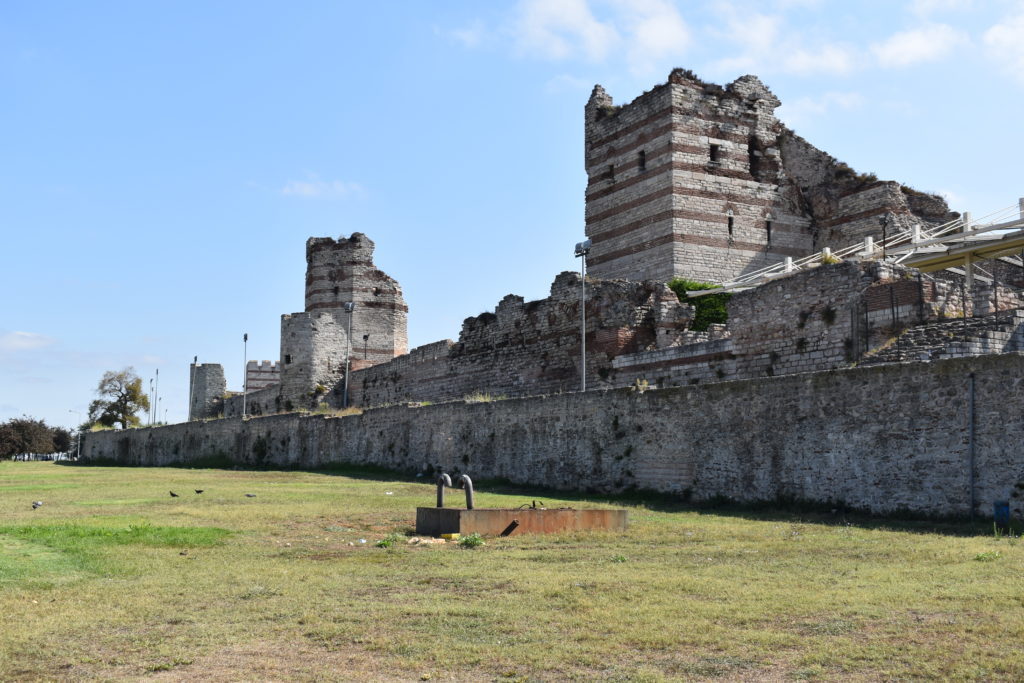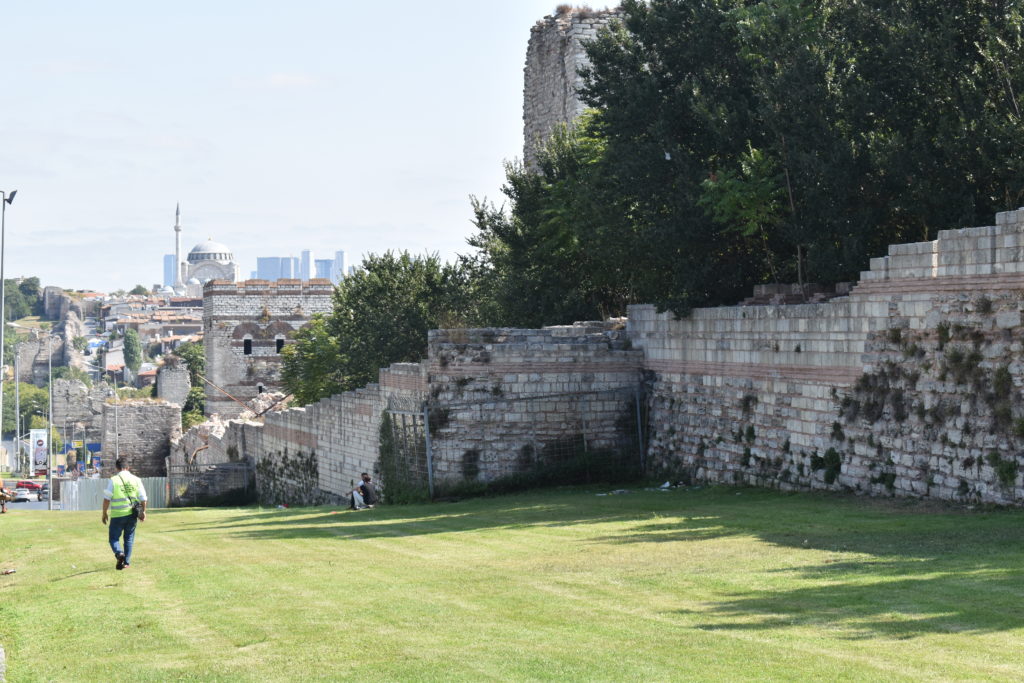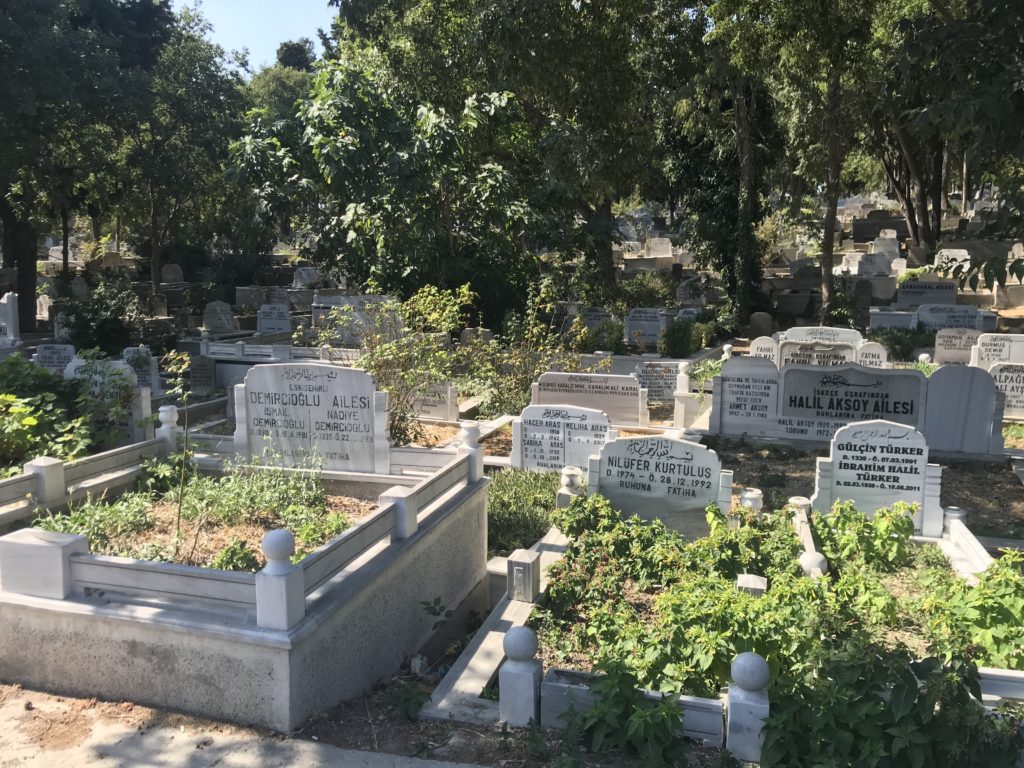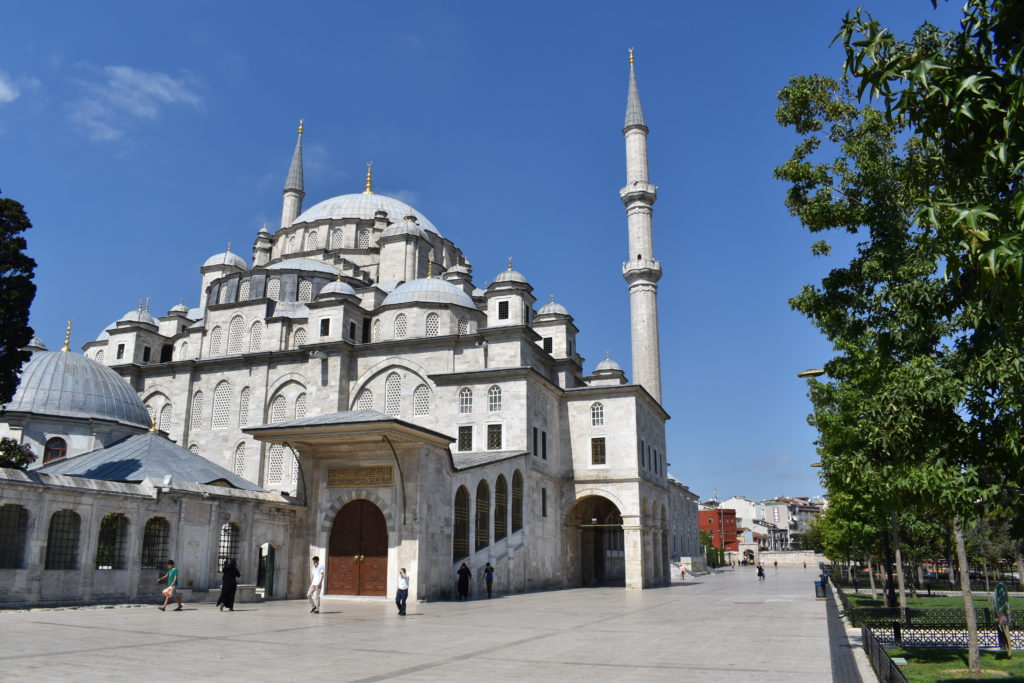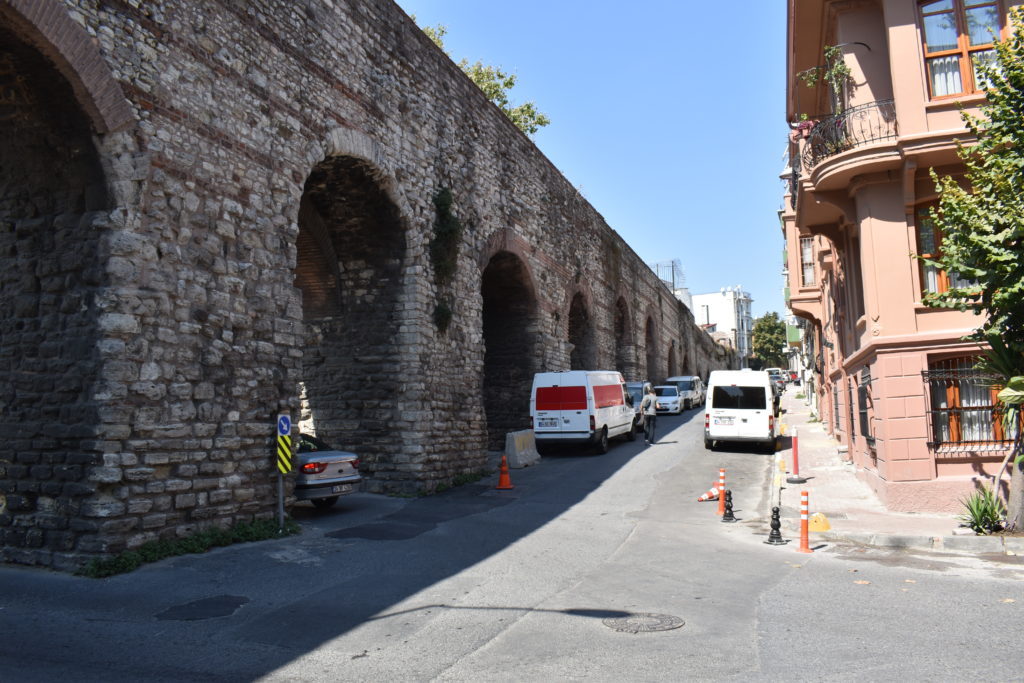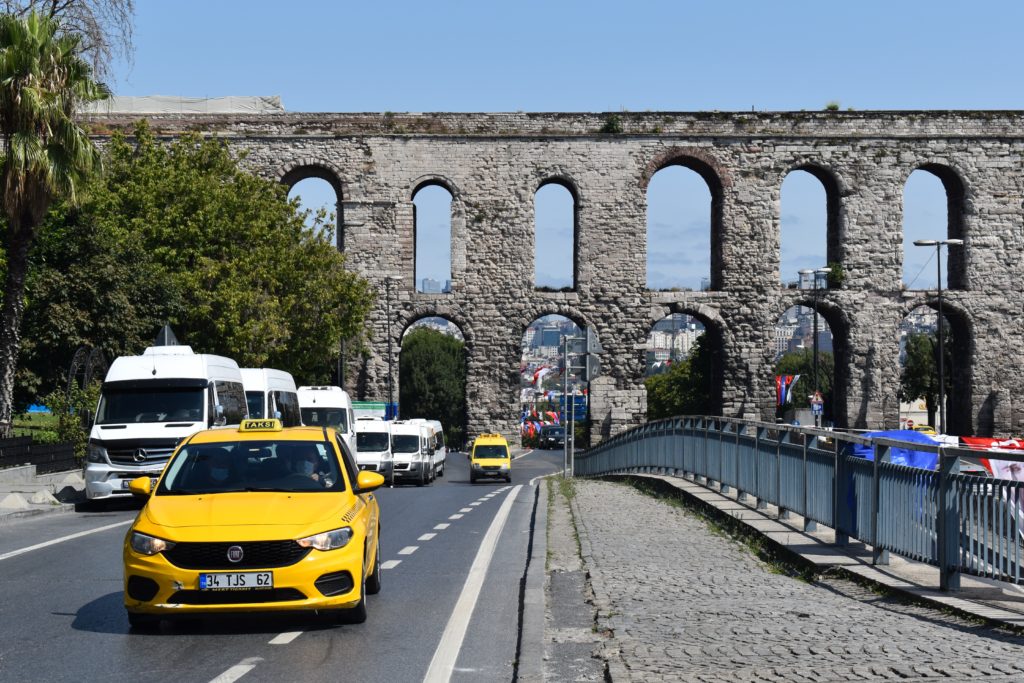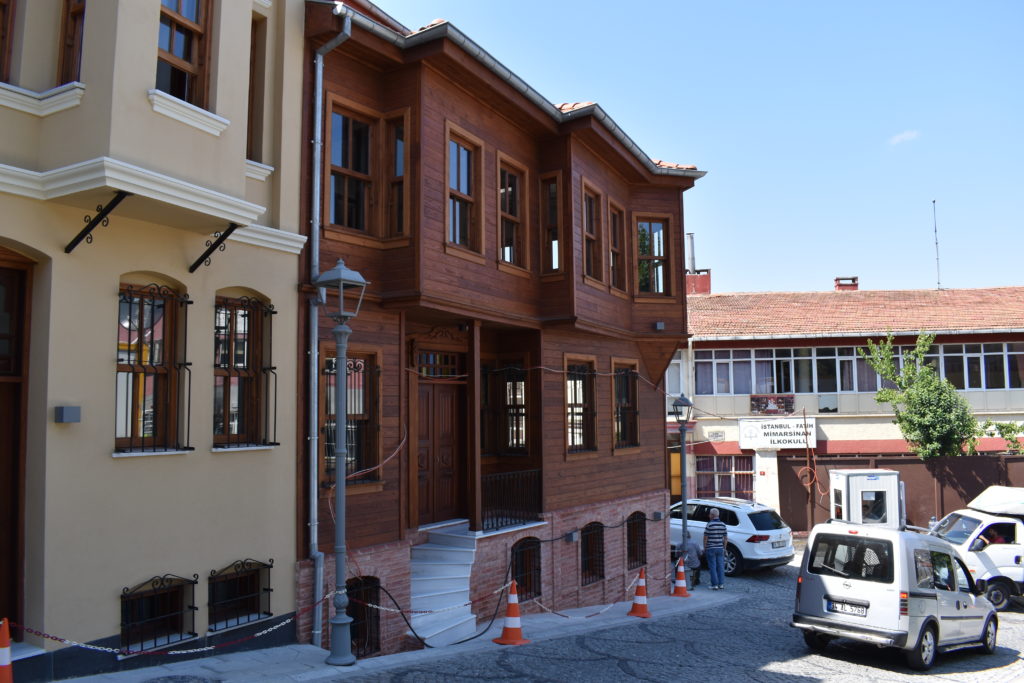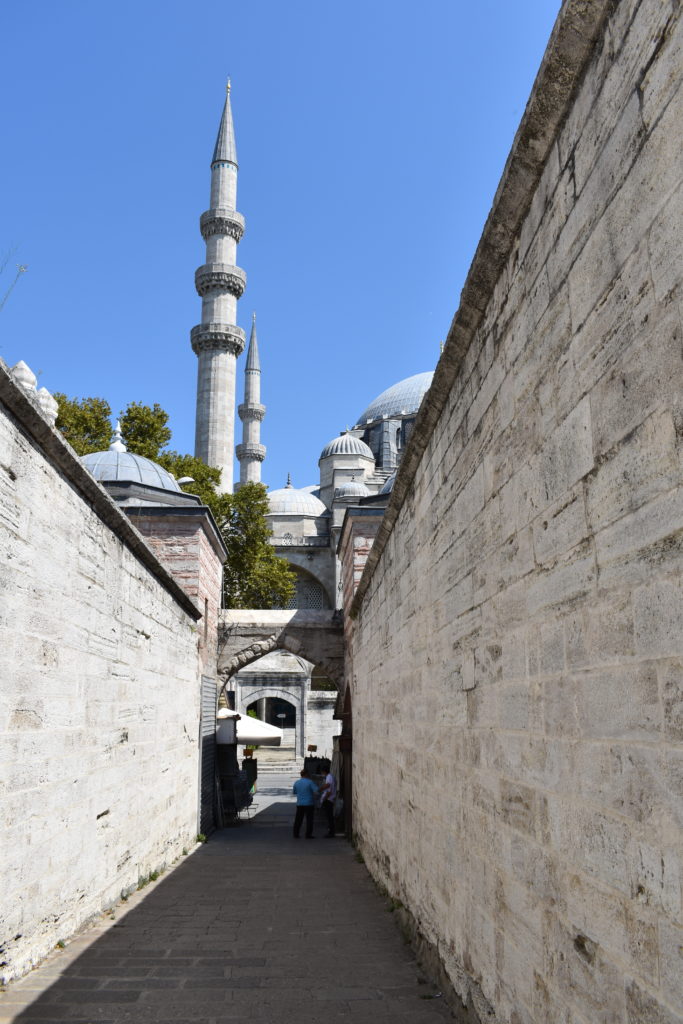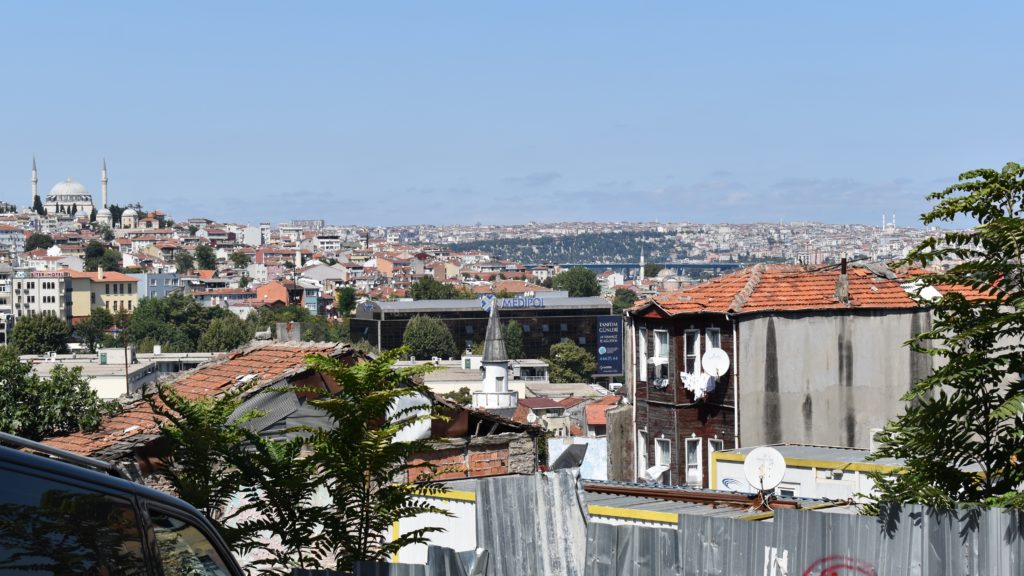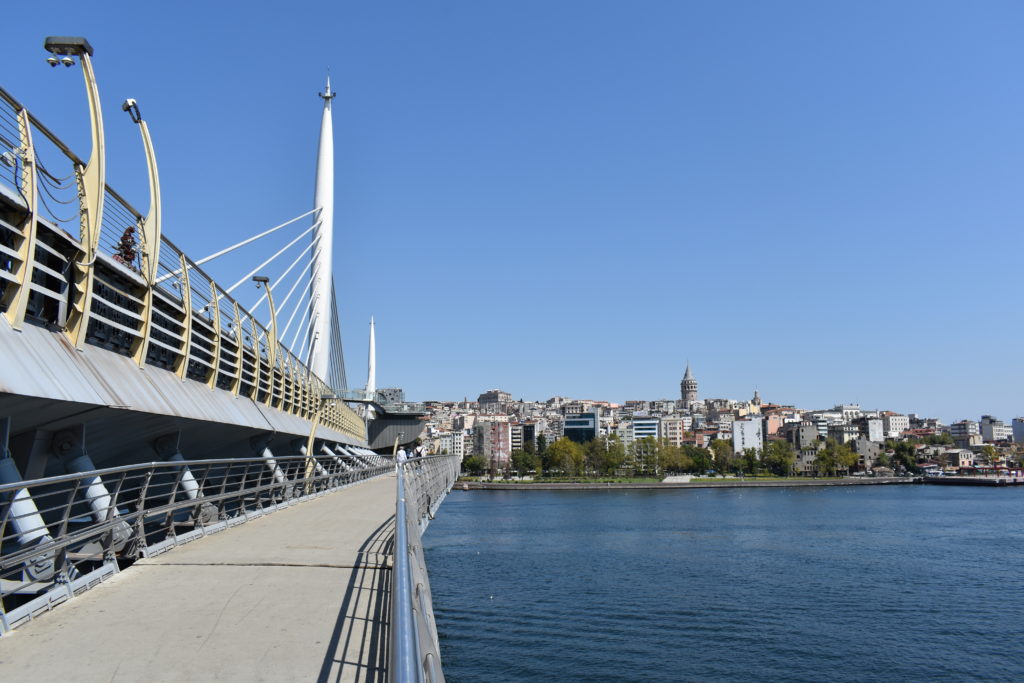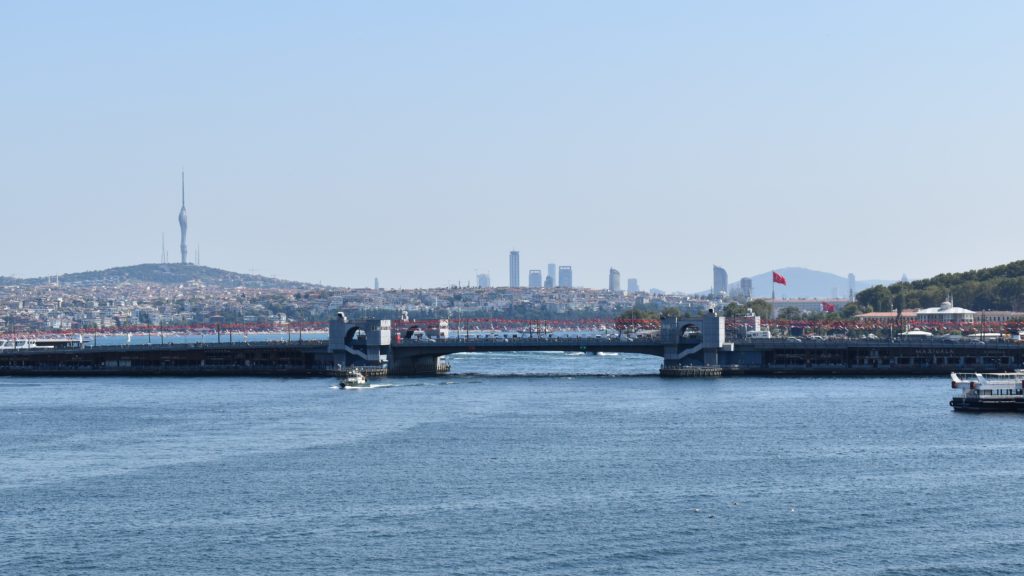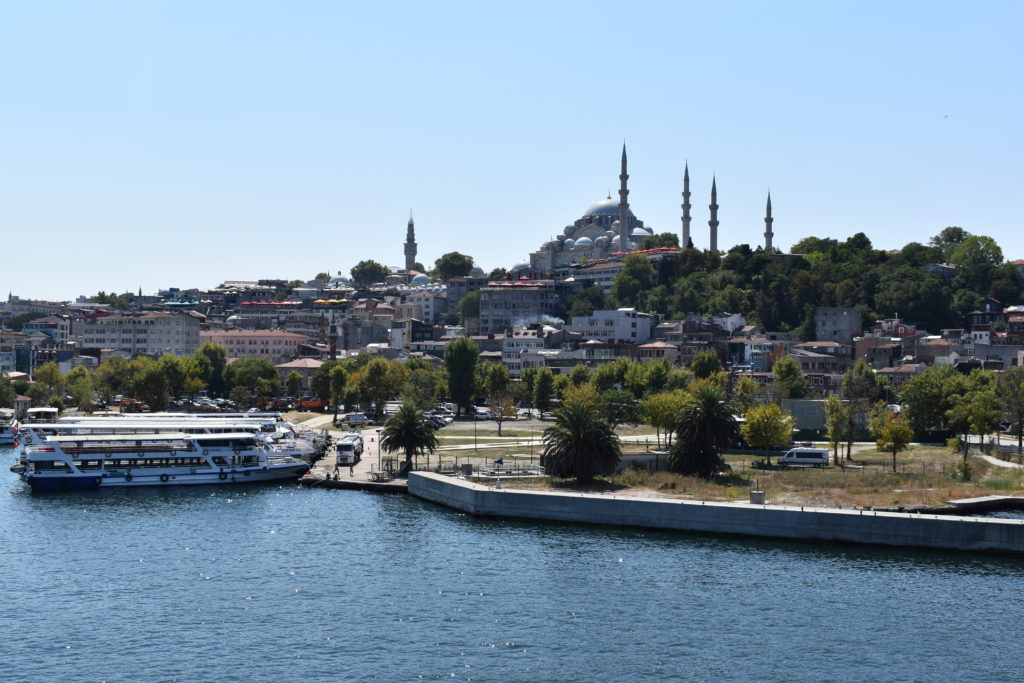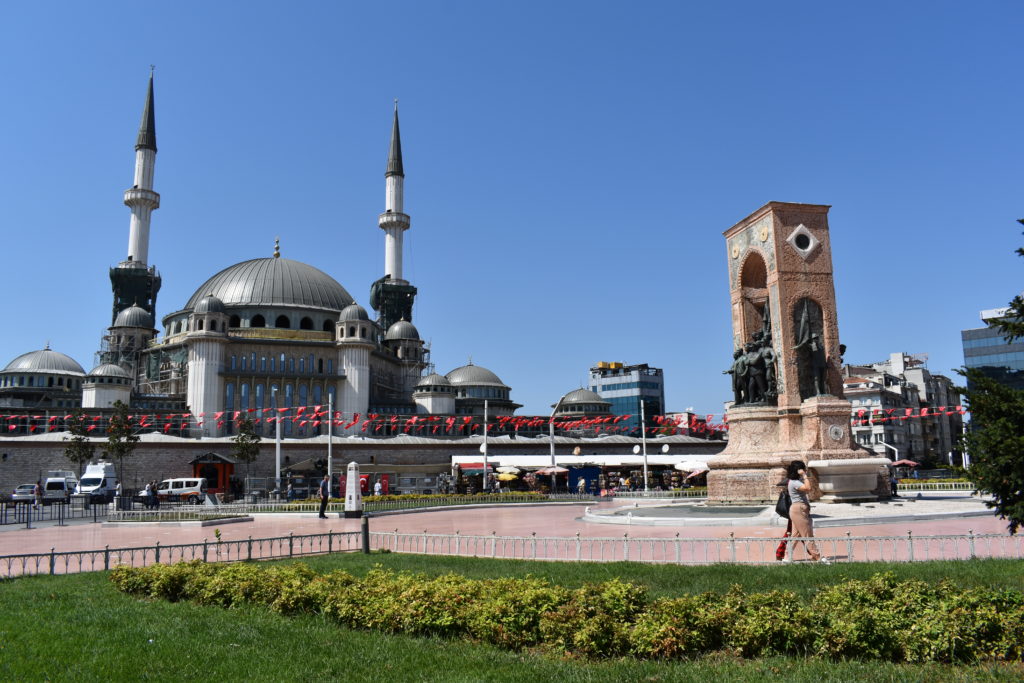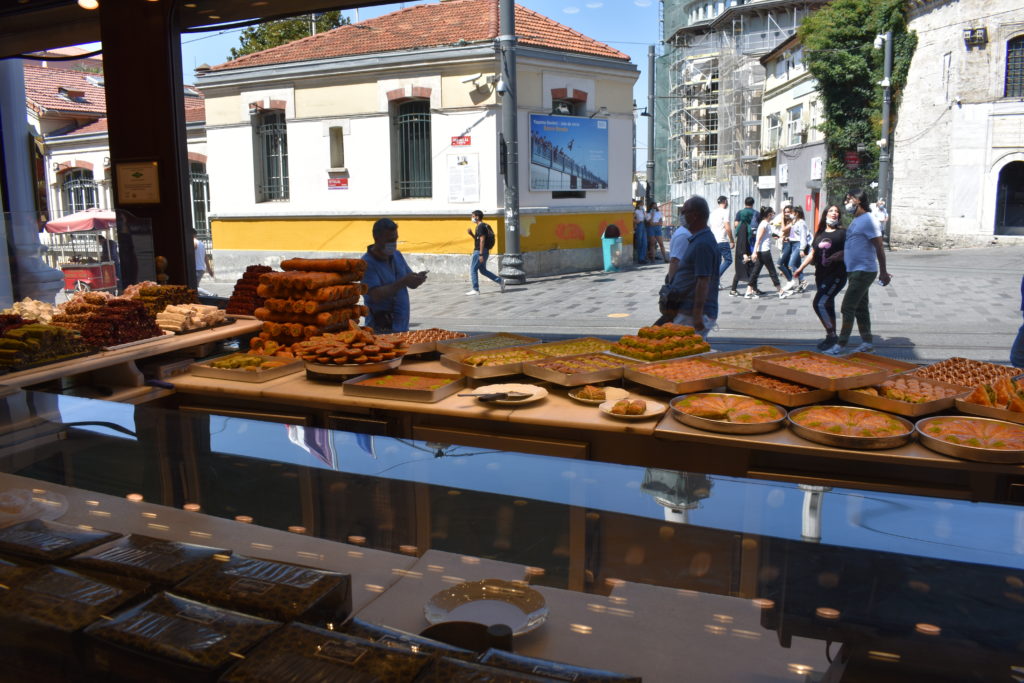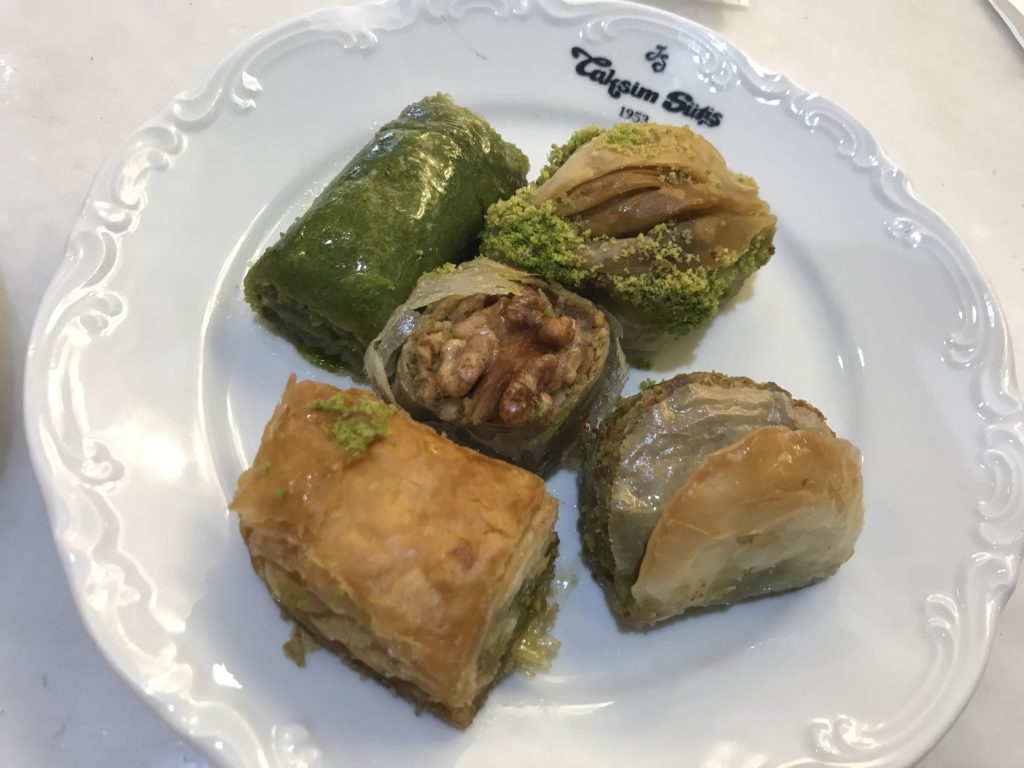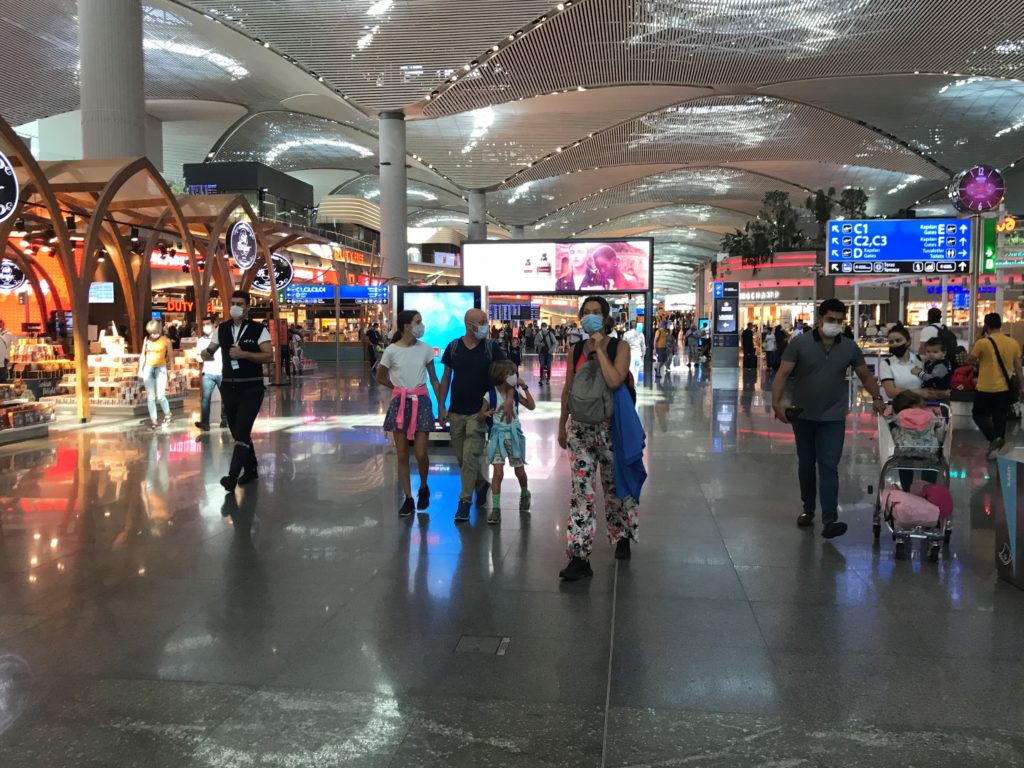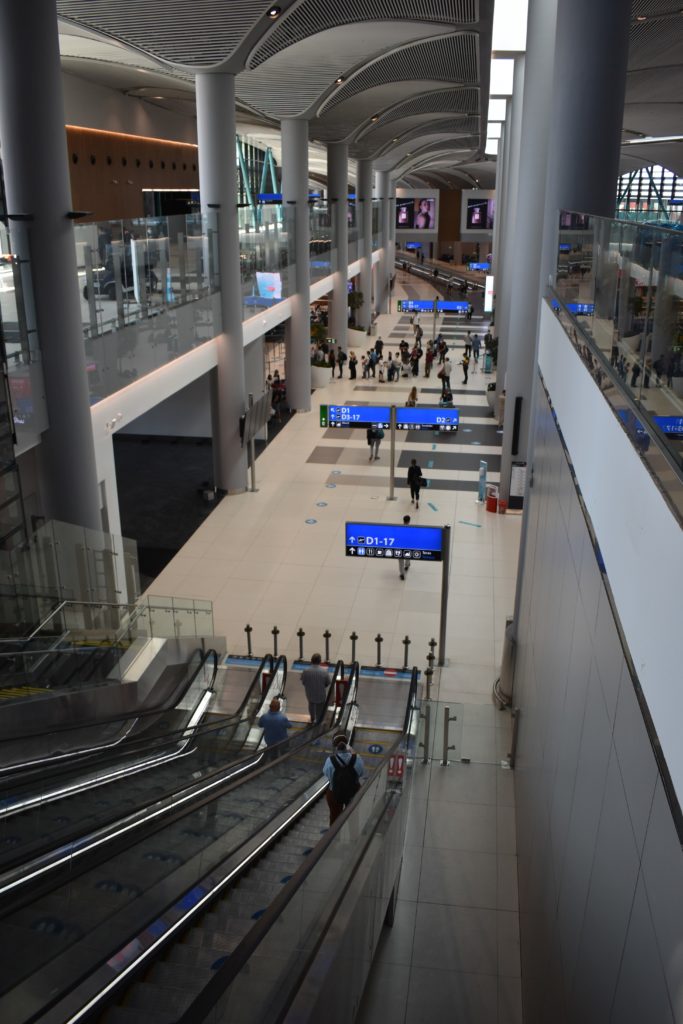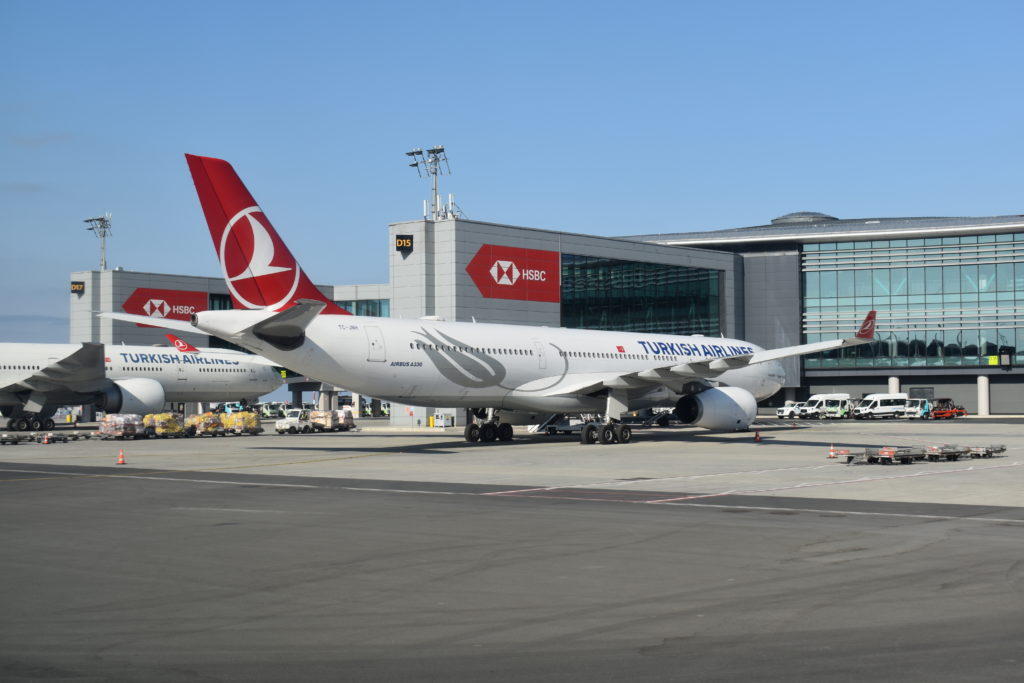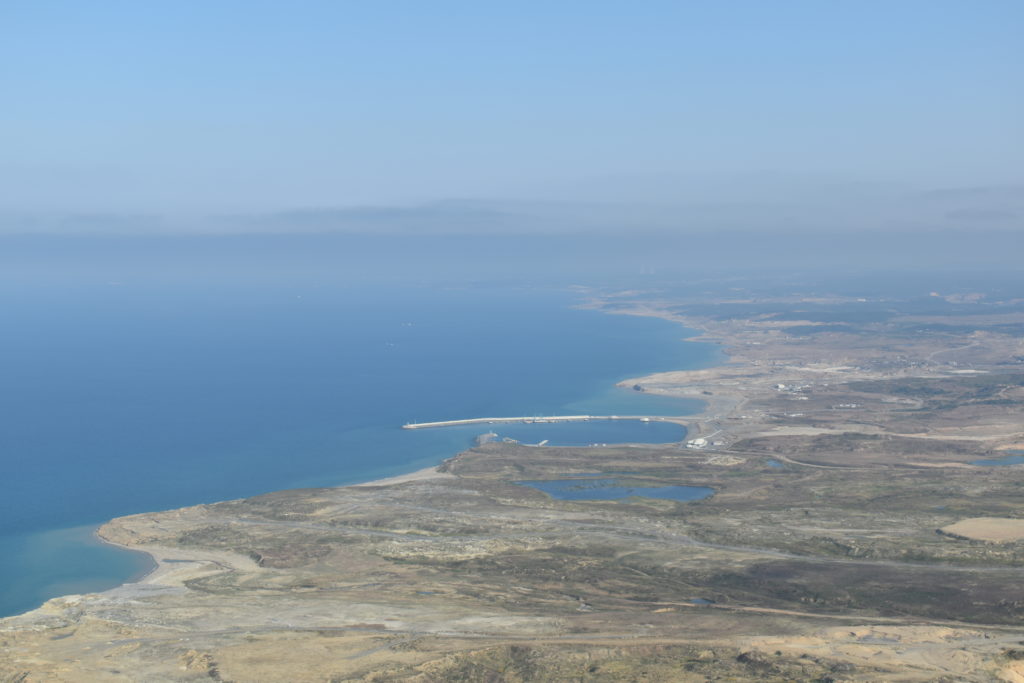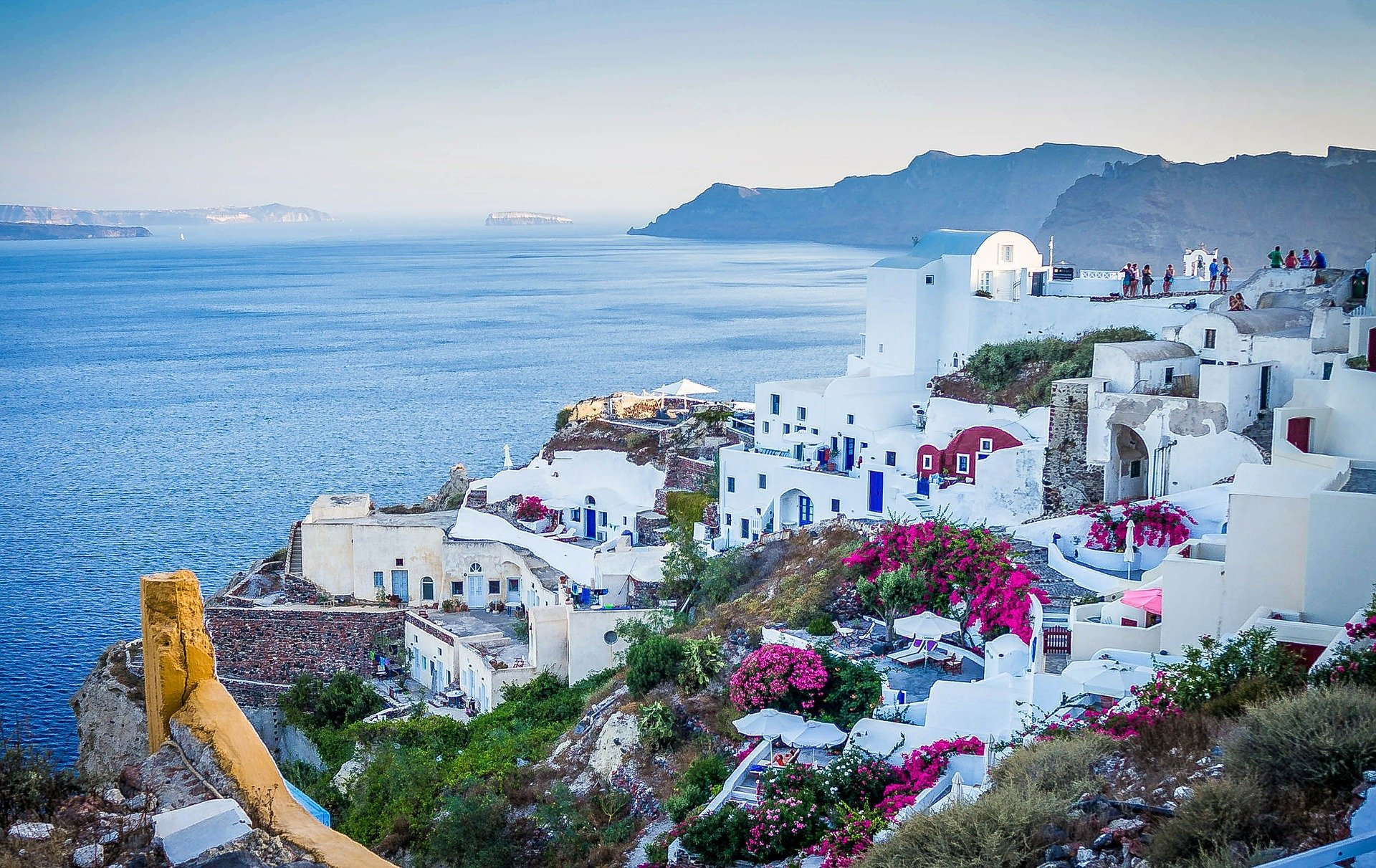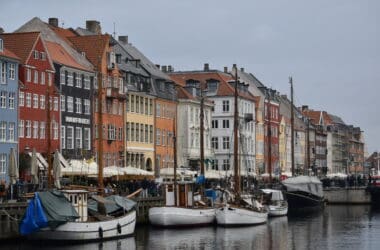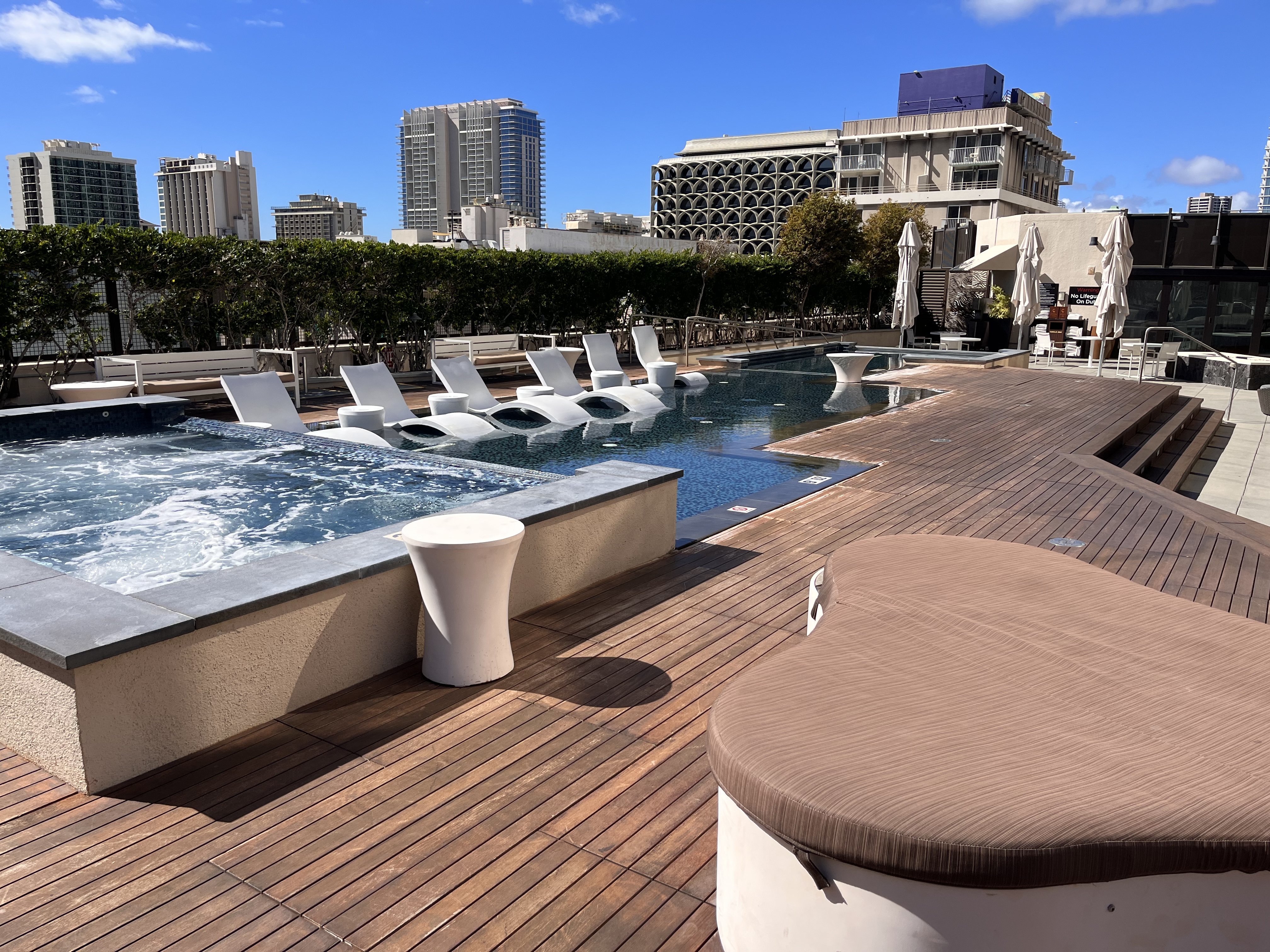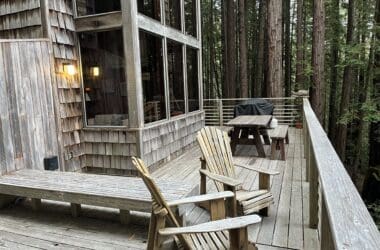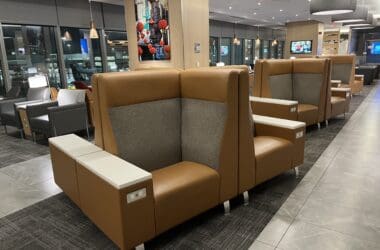wrote a summary post of my time in Istanbul in September 2020, detailing the main sights, what I ate, how to get around, and where I stayed. This post (and previous two posts: Day 1, Day 2) detail each of my three days in the city. Day 3 wraps up my short trip to Turkey.
By the time my third day in Istanbul arrived, I felt like I’d both seen a ton and also just gotten here. Such is the experience of trips that are all too short. But I was still glad for the adventure. Most of my final day would be spent visiting the UNESCO World Heritage areas of Istanbul. I like seeing designated UNESCO sites whenever I travel, and there are four sections of Istanbul that are designated World Heritage Sites. I’d hit the Sultanahmet area my first two days, plus the Suleymaniye Mosque. I had the Zeyrek Mosque and the old city wall to see still.
Exploring Postmen and TomTom Streets
But those would have to wait. I started the day with a quick walk up along Istiklal Caddesi. The pedestrianized shopping district is very different in the morning. There are tons of delivery vehicles, but almost nothing is open. Activity likely wouldn’t start in earnest for at least a couple hours. I encountered plenty of cats along the way. The TomTom Suites, my final hotel of my visit to Istanbul, is a short walk from Istiklal.
I wandered for a little while, killing time before breakfast. Due to the time change, I’m up early every morning, and then breakfast at most of the hotels didn’t start until 8:00. But it was very much worth waiting for the amazing breakfast spread at the hotel. I ate with lovely views of the Bosporus and of the Hagia Sophia in the distance.
Panorama 1453 Museum and the Old City Wall
Then I was off to the old city wall on the tram. You can take the line all the way out to Topkapı, which is a 3-minute walk from the Museum and lands you just outside the wall. It’s a nice ride and you get to see a chunk of the city along the way.
The Panorama 1453 Museum was a late addition of sights to see in Istanbul, but I am extremely glad it made it into the itinerary. I really enjoyed it. The museum walks you through the siege and conquest of Constantinople by the Ottomans by Sultan Mehmed. He was just 21 years old at the time, which is remarkable. This earned him the name Fatih (English: Conqueror). I’d visit the Fatih Mosque later.
I highly recommend getting an audio guide during a visit to the Panorama 1453 Museum. Actually, unless you’re fluent in Turkish, I don’t know how you’d manage to really enjoy the museum without one. The audio guide allows you to listen to the account of each of the panels. To be honest, while I enjoyed the museum, I might not recommend it for kids. There is a lot to read (i.e. listen to), and while the panorama itself is super cool, much of the rest of the museum will not keep their attention unless you have kids very into history.
The early panels walk through the history of the great city that was the capital of multiple empires. The city changed names from Byzantium, to Constantinople, to eventually Istanbul. Eventually the panels lead up to the siege itself.
The Rumelia Fortress, something I saw the previous day during my Bosporus boat tour, was built to help take Istanbul. Since Istanbul is right on the water, even though the Ottomans surrounded it, Constantinople had supply lines by boat. The Ottomans had to do what they could to disrupt these. I learned that there were quite a few Venetians and Genoese living in the city at the time, specifically in the Galata/Karaköy neighborhood. They helped to defend Istanbul.
The highlight of the museum is definitely the 360-degree dome panorama of the siege. It’s as if you’re standing on that literal spot, watching the conquest happening right around you.
What’s even cooler is existing the museum and seeing the city wall still standing there, however run down in places. Some of the sections have been kept in good shape, although the wall has been cut through to accommodate our modern roads. I walked to the north for a little while, before trying to find a bus stop.
My plan had been to hop on a bus that would take me straight down the road to the Fatih Mosque. Instead, I got myself lost in a cemetery. Once I found my way out, a taxi driver pulled over and asked me something in Turkish. I just tried to say Fatih Camii a couple times (I learned maybe a dozen Turkish words before I traveled. I suggest you do better). Eventually the driver understood. I’m glad taxis in Istanbul are so cheap!
Fatih Mosque and Roman Aqueduct
The Fatih Mosque is named after Mehmed the Conqueror, who I’d just learned about at the museum. The mosque isn’t the original 1400s-era construction that was commissioned by the sultan himself. The current structure dating from the 1700s is exquisite. I did not venture inside.
I wandered on foot toward the remaining UNESCO sites, quickly encountering a Roman-era aqueduct and following that instead of heading straight for the Zeyrek Mosque. It took me through a park and across a busy street. The Aqueduct of Valens dates from the 4th century AD. It’s remarkable that the structure is still standing, with roads running right under it! I don’t know why it isn’t included in the UNESCO sections of Istanbul. The Fatih Mosque has not been added, either.
Walking the Istanbul UNESCO Neighborhoods
After ditching the aqueduct near the Şehzade Mosque, I found myself at the edge of the Suleymaniye UNESCO conservation area. It’s an interesting neighborhood, with numerous dilapidated wooden houses along several of the streets. They are badly in need of repair and renovation. These Ottoman structures are a large piece of the UNESCO designation for the area.
This restored wooden house is absolutely gorgeous. It is the nicest of all the structures I saw during my walk. I hope that people are able to preserve and restore many of the remaining structures. Both the Suleymaniye and Zeyrek quarters have these historic homes.
I paid a final visit to the Suleymaniye Mosque. The location is just so perfect. After a few miles on foot, I even considered a nap on the grass. But I didn’t want to waste a minute of the trip.
Final Views of the Golden Horn
There is a neat view of Istanbul headed down the hill from the Suleymaniye Mosque. You can see the Yavuz Sultan Selim Mosque and the highway bridge in the distance, with greater Istanbul in the distance. The metro area population of Turkey’s largest city is home to over 15 million people. It is the most populous city in Europe, even over London and Moscow, the two notorious for having huge populations. I did not realize this fact until I visited.
Oddly, I enjoyed this rundown neighborhood as I headed north to the metro bridge. There are some more wooden houses, but fewer than the previous area I’d explored. It’s weird that these are just a couple hundred yards away from such a beautiful structure with gleaming marble columns.
As I headed down the hill, a boy smiled, waved and then walked up to me and said something in Turkish. Knowing little beyond “hello” and “cat” in Turkish, I just smiled back. I regret not being able to have a conversation. There have been several moments over the years where I sincerely wish I could have conversed but couldn’t due to the language gap. This was one of them.
Feeling bad that I couldn’t talk with this kid or the couple others that waved at me, a was a sucker for the next. He was selling bottled water. I gave him most of my remaining lira before heading toward the metro station.
The metro line runs across the Golden Horn, and the Haliç station is smack in the middle of the bridge. It seems an odd choice, but I guess it is easier than designing space underground on either side. The bridge is cool, even if you just want to walk it. You are treated to lovely views of the Golden Horn, Galata Bridge (and Asian Istanbul beyond), Suleymaniye Mosque, and historic center of the city.
Finishing with Baklava and Coffee
I took the metro two stops to Taksim. Only one thing was lacking from my trip at the point: baklava. This Turkish pastry is something that I haven’t had in years. I’d seen a shop near Taksim Square and decided it would be the final stop of the trip.
My eyes were bigger than my stomach. Not only did I get a plate of assorted baklava, I decided I’d have some tiramisu and a mocha as well. I called it “lunch”, even though it was mostly sugar.
A final walk down Istiklal Caddesi, and I was back at the Tomtom Suites. It took all of 20 minutes to shower and pack before hopping in a taxi.
Goodbye, Turkey!
The taxi ride to Havalimanı had an exciting end. Right as the driver was pulling toward the curb, another man opened his driver’s door and struck the taxi mirror. Yelling ensued between the two men, and I was left standing there with my bags, awkwardly waiting to pay my fare. The police had shown up by the time I headed into the terminal.
I will say that the new Istanbul Havalimanı is pretty spectacular. The terminal is massive, and there are tons of shopping and dining options. It’s (maybe still?) the largest airport terminal building in the world. I’m not sure if Beijing Daxing is larger. Unfortunately, the SkyTeam lounge was closed due to COVID-19.
I had my final view of Turkey from the air as we headed out over the Black Sea. I’ll certainly be back. Cappadocia is on my list of places to visit, and I wouldn’t mind returning to Istanbul as well. The city is both beautiful and interesting, full of history and culture. It would be a great one to even explore with kids, as I felt far safer than I expected to throughout the city. It is certainly a bit of culture shock and there is a language gap. But that’s part of the adventure!


